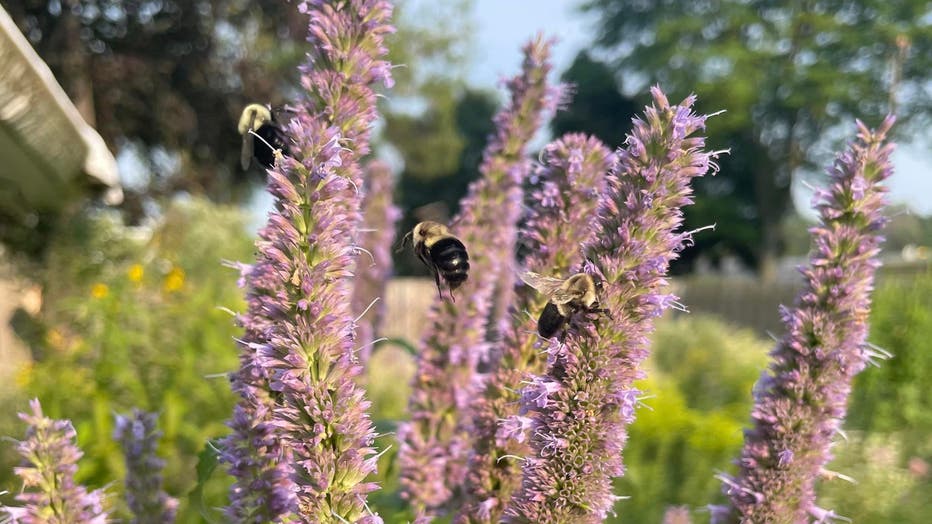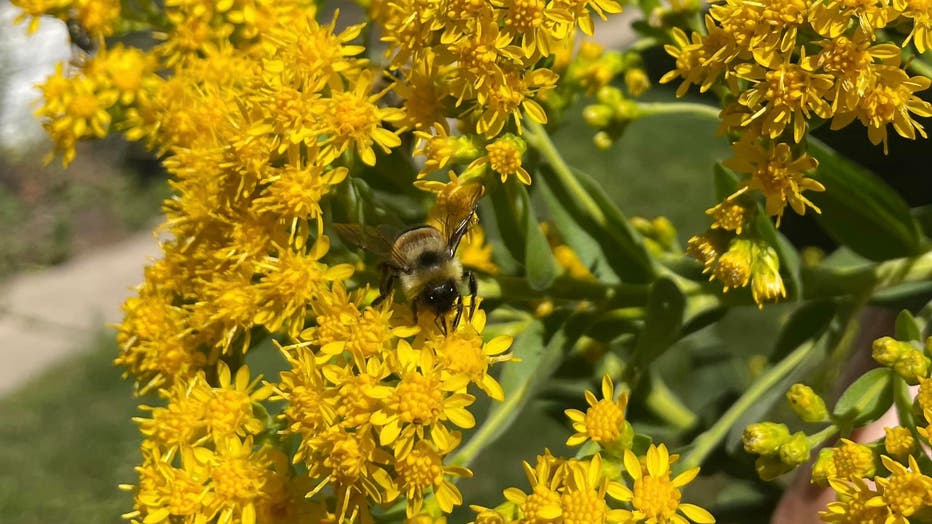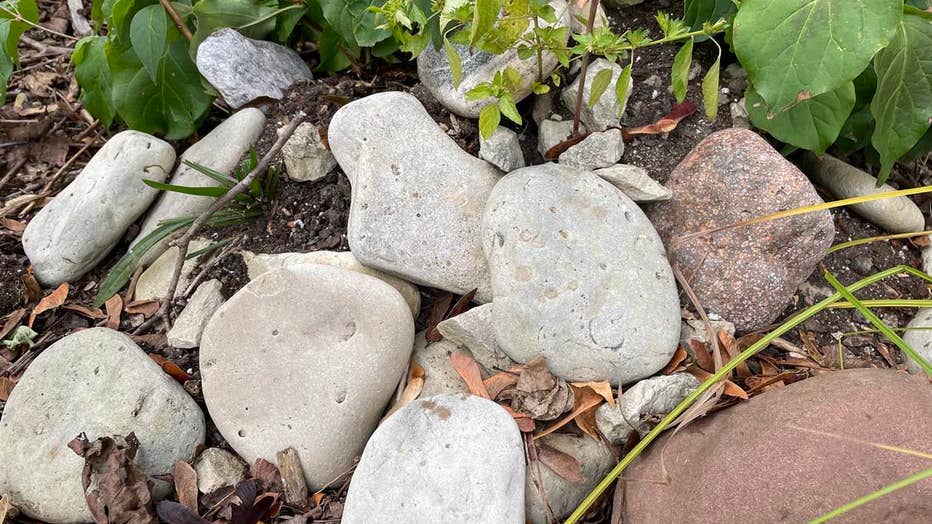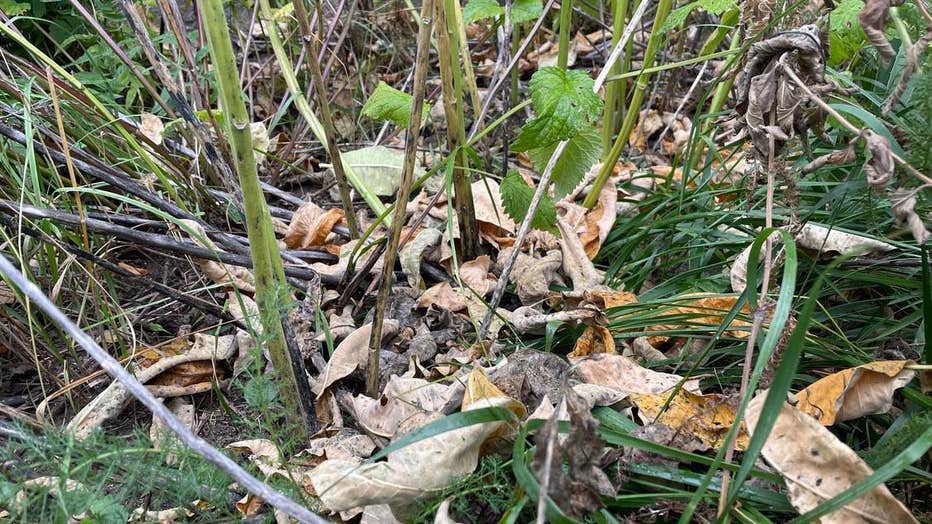How to attract more bumblebees to your yard
Two-spotted bumblebee, Bombus bimaculatus, enjoying bee balm, Monarda fistulosa
MILWAUKEE - From dandelions in your yard to garden beds you manicure daily, bumblebees have probably stopped by your yard at some point this year.
But what makes these workaholics tick? And can you make a difference to local populations? Yes, you can! And the dozen species of bumblebee that call southeast Wisconsin home will thank you for it.
It's not as complicated if you keep their life cycle in mind. As next year's queens go dormant underground in late September into October, now is a great time to think about how you can help the bumblebee for 2024.
SIGN UP TODAY: Get daily headlines, breaking news emails from FOX6 News
According to the Bumblebee Brigade of Wisconsin, no other insect does a better job of pollinating plants in Wisconsin. This generalist pollinator is covered in thousands of hairs that help transfer pollen from flower to flower, but they're not doing this for nothing. They're doing it for the next generation of bumblebees, and it all starts in spring once the queen emerges from underground.
What we might consider weeds are actually important food sources. Spring wildflowers ranging from plum trees to Virginia bluebells are bumblebee favorites, as queens frantically collect provisions to help raise the first generation of workers in the spring. Having diverse beds of native spring wildflowers helps these queens collect as much pollen as necessary to feed the first generation of workers that'll help maintain the nest through summer.

Bumblebee lifecycle, according to the University of Wisconsin Madison
Once spring passes in Wisconsin, its mesic soils typically reach peak floral diversity in summer. Invasive species reduce floral diversity because one plant generally out-competes the others and reduces the amount of resources for bumblebees.
Summer tallgrass prairie species can be added to your yard and garden to provide summer-long flowers – and the more you add the better. It's like stocking a grocery store with as much different food as possible, it'll fit everyone's palate that way.
Staples of the summer prairie – such as coneflower, milkweed and monarda – help give growing nests the growing food source that an increasing population needs.

Common Eastern Bumblebees, Bombus impatiens, on Anise Hyssop
As late summer approaches, next year's queens (gynes) leave the nest. Males leave around this time, too, in order to mate with those future queens. This leads to groups of males often hovering around particular plants. Hyssop, goldenrod and asters are common species males will wait around hoping for a passing gyne to stop at.
These late summer flowers also serve as a final pit stop for next year's queens to store up energy for going dormant underground. Once again, invasive species can reduce the diversity of these late-summer plants and put at risk a queen's ability to stock up on nectar and pollen.

Endangered male rusty-patched bumblebee, Bombus affinis, on stiff goldenrod
As the days get colder and the period of daylight gets shorter, many bee species begin heading underground. Males will stay above ground, freeze and die, but next year's queen starts digging. Using holes from other animals, loose soil or even piles of leaves, next year's queens have to find a place to escape the elements.
Having loose dirt, small rock piles, and other vegetation that makes for easy spots for bumblebees to bury themselves in can help attract these future queens. This gives your yard an early start to next year's generation as it grows. It can be as simple as leaving your garden messy until the following spring to help the next generation of bumblebees.

Rock and dirt pile in the garden

Messy dormant garden provides great winter habitat
To simplify it all down to how you can get more bumblebees, just think like one. Providing a diverse array of native species in your yard that flower throughout the growing season helps their nests grow. Leaving messy parts of the yard to be a wintering habitat for next year's queens, and most importantly reducing or eliminating pesticide use, will help prevent any chemical byproduct that can harm the insect.
For more information on bumblebees and information on how to improve your yards head to Wild Ones, Prairie Enthusiasts, Heather Holm, and Prairie Moon's websites can help give you specific ideas on what to add to your yard. Good luck in 2024!

